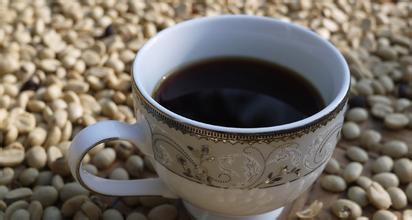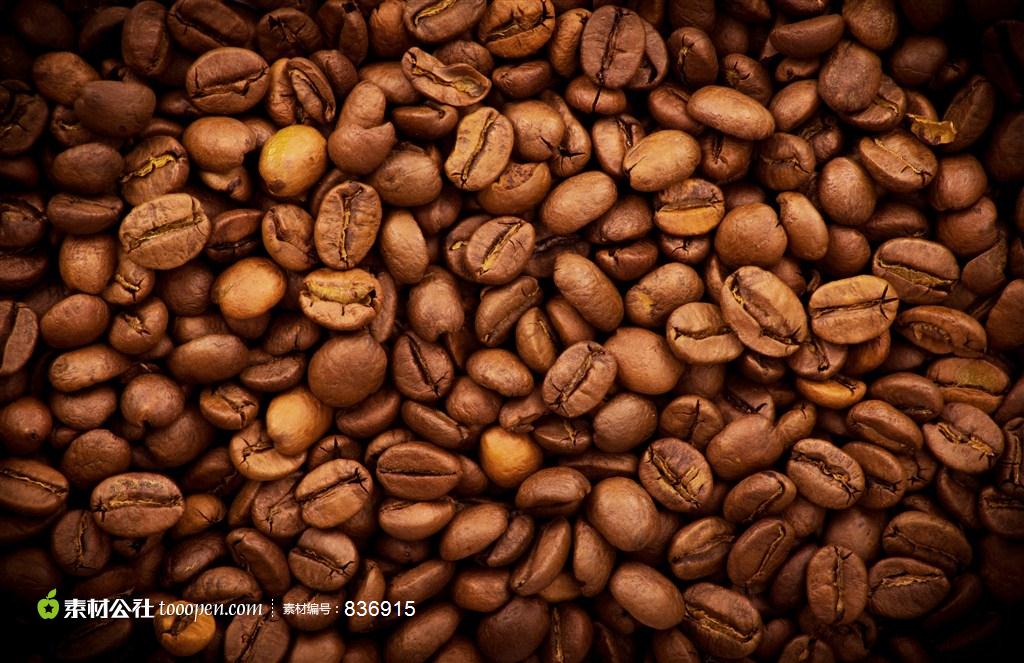Taste rich Galapagos coffee flavor, characteristics, taste and manor introduction
In 1875, Manuel J. Cobos, an indigenous Ecuadorian, began growing arabic bourbon coffee trees on Hacienda El Cafetal in San Cristobal.
Galapagos coffee origin:
Coffee is grown in Saint Cristobal. Arabica bourbon trees are grown in Hacienda El Cafetal in San Cristobal. The altitude of the plantation is between 140 and 275 meters, and the climate of the region is equivalent to that of 915-1830 meters inland. This gradient is very suitable for the growth of very hard coffee beans (SHB) with high acidity and is also the key to the quality of coffee.
San Cristobal is one of the larger islands in the Galapagos Islands and the only island in the archipelago with sufficient fresh water. At 410 metres above sea level, there is a small lake called El.Junco, whose waters form streams that flow along the rocks and volcanic rocks of the southern slope of the island. Fresh water rich in minerals nourishes the soil of San Cristobal, keeping it permanently moist and fertile. Local microclimates caused by the Humboldt Current, intense equatorial sunlight and sharp temperature variations (43 ° C at sea level and 10-16 ° C at 275 m above sea level) provide unique advantages.
Galapagos coffee features:
The coffee produced in the Galapagos Islands is a rare coffee, of excellent quality, grown without any chemicals.
Flavor: Rich in taste, sour with sweet
Recommended baking method: medium baking
★★★: Excellent
Galapagos Coffee Market:
Because of the unique role played by the Galapagos Islands in the course of history, the Government of Ecuador has designated the islands as a national park, no longer allows land to be reclaimed for new agricultural purposes, and prohibits the introduction and use of fertilizers, pesticides, herbicides and other chemical agents, so that coffee from the Galapagos Islands is recognized as a natural product.

Important Notice :
前街咖啡 FrontStreet Coffee has moved to new addredd:
FrontStreet Coffee Address: 315,Donghua East Road,GuangZhou
Tel:020 38364473
- Prev

The overall flavor is rich, Bolivian coffee flavor, characteristics, taste and manor introduction
Bolivia is a landlocked country in central South America, bounded by Brazil in the northeast, Paraguay in the southeast, Argentina in the south, Chile in the southwest and Peru in the west. The main topography is the plateau. Bolivia is the highest plateau country in the world, with an average elevation of more than 3000 meters. La Paz, the capital, is as high as 3660 meters above sea level, which is known as the highest capital in the world. Three points in Bolivia
- Next

Panamanian Casa Flavor
Panama's finest coffee is grown in the west of the country, near Costa Rica and near the Pacific Ocean. The Boquet district of Chiriqui province is best known for its coffee production, as are Waukan, Santa Clara, Candela, etc. Other districts include David, Remacimeinto, Bugaba and Tole.
Related
- Detailed explanation of Jadeite planting Land in Panamanian Jadeite Manor introduction to the grading system of Jadeite competitive bidding, Red bid, Green bid and Rose Summer
- Story of Coffee planting in Brenka region of Costa Rica Stonehenge Manor anaerobic heavy honey treatment of flavor mouth
- What's on the barrel of Blue Mountain Coffee beans?
- Can American coffee also pull flowers? How to use hot American style to pull out a good-looking pattern?
- Can you make a cold extract with coffee beans? What is the right proportion for cold-extracted coffee formula?
- Indonesian PWN Gold Mandrine Coffee Origin Features Flavor How to Chong? Mandolin coffee is American.
- A brief introduction to the flavor characteristics of Brazilian yellow bourbon coffee beans
- What is the effect of different water quality on the flavor of cold-extracted coffee? What kind of water is best for brewing coffee?
- Why do you think of Rose Summer whenever you mention Panamanian coffee?
- Introduction to the characteristics of authentic blue mountain coffee bean producing areas? What is the CIB Coffee Authority in Jamaica?

